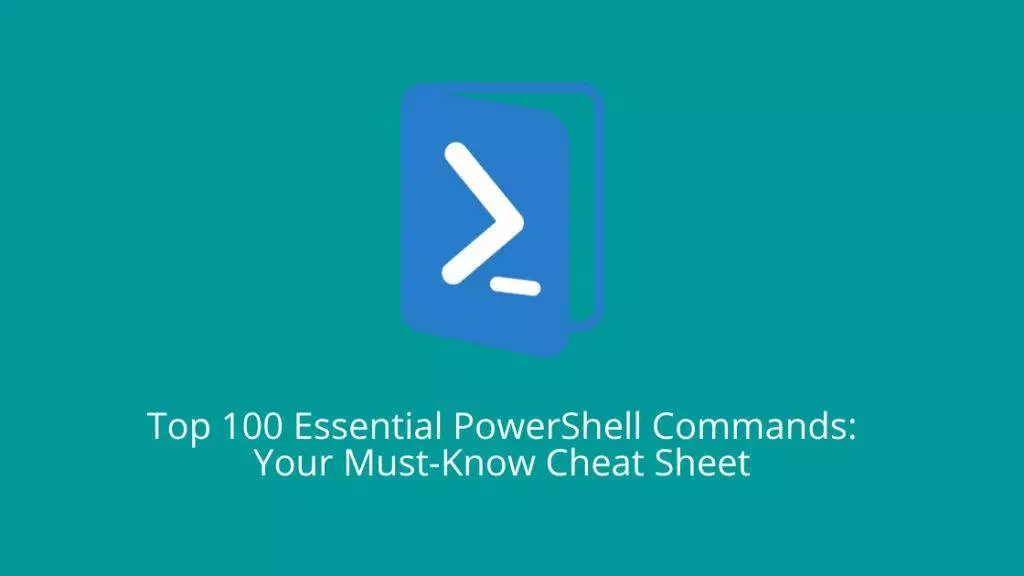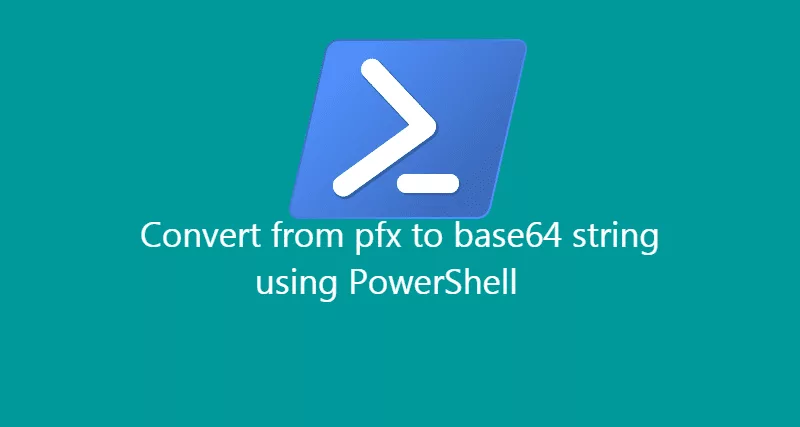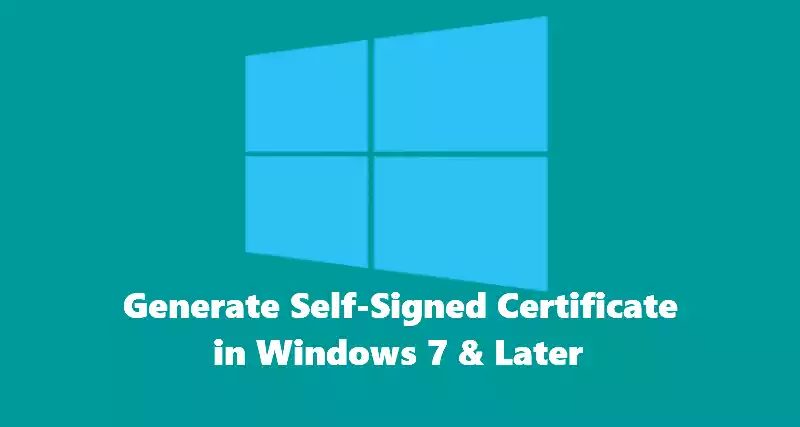PowerShell, an integral component of Windows operating systems, has revolutionized the way administrators and users interact with their systems by offering a robust command-line environment. At its core, PowerShell empowers users to leverage a comprehensive set of commands, often referred to as cmdlets, to perform a wide array of tasks. From basic PowerShell commands like ‘Get-ChildItem’ for navigating files and directories to more complex operations involving system management and automation, this environment has become an indispensable tool for Windows users.
Unlike the traditional command-line interface (CLI) like the Command Prompt, PowerShell’s flexibility comes from its ability to work with objects and data streams. By utilizing cmdlets, users can perform operations on data objects directly, making it easier to manipulate and manage information. Moreover, PowerShell offers the capability to create and execute scripts, enabling users to automate intricate processes and repetitive tasks efficiently.
However, before harnessing the full potential of PowerShell commands and scripts, one must navigate the concept of execution policies. These policies dictate the level of trust PowerShell places in various scripts and configurations. Understanding and managing these policies ensures a secure and controlled environment for executing scripts and commands. Whether it’s for automating routine tasks, managing systems at scale, or extracting insights from data, Windows PowerShell serves as an indispensable platform that empowers users to achieve efficient and streamlined operations within the Windows environment.
Here are the top 100 PowerShell commands to use and everyone should master:
| No | Command | Description | Example |
|---|---|---|---|
| 1 | Get-Help | Displays information about PowerShell commands. | Get-Help Get-Process |
| 2 | Get-Command | Lists all available commands in PowerShell. | Get-Command |
| 3 | Get-ChildItem | Retrieves files and folders in a specified location. | Get-ChildItem C:\ |
| 4 | Set-Location | Changes the current working directory. | Set-Location D:\ |
| 5 | Get-Content | Reads the content of a file. | Get-Content file.txt |
| 6 | Out-File | Writes output to a file. | Get-Process | Out-File processes.txt |
| 7 | Write-Output | Sends output to the pipeline. | Write-Output “Hello, PowerShell!” |
| 8 | Select-Object | Selects specific properties of objects. | Get-Process | Select-Object Name, CPU |
| 9 | Where-Object | Filters objects based on specified criteria. | Get-Service | Where-Object { $_.Status -eq “Running” } |
| 10 | ForEach-Object | Performs an operation on each object in a pipeline. | 1..5 | ForEach-Object { $_ * 2 } |
| 11 | Format-Table | Formats output as a table. | Get-Process | Format-Table -AutoSize |
| 12 | Sort-Object | Sorts objects by specified properties. | Get-Service | Sort-Object Status |
| 13 | Measure-Object | Calculates properties of objects (e.g., length). | “Hello, PowerShell!” | Measure-Object -Character |
| 14 | New-Item | Creates a new item (file, folder, etc.). | New-Item newfile.txt -ItemType File |
| 15 | Remove-Item | Deletes an item. | Remove-Item file.txt |
| 16 | Copy-Item | Copies files or folders. | Copy-Item file.txt newfolder |
| 17 | Rename-Item | Renames an item. | Rename-Item file.txt newname.txt |
| 18 | Test-Path | Checks if a file or folder exists. | Test-Path file.txt |
| 19 | Get-Service | Retrieves services. | Get-Service |
| 20 | Start-Service | Starts a service. | Start-Service serviceName |
| 21 | Stop-Service | Stops a service. | Stop-Service serviceName |
| 22 | Restart-Service | Restarts a service. | Restart-Service serviceName |
| 23 | Get-Process | Retrieves processes. | Get-Process |
| 24 | Start-Process | Starts a process. | Start-Process notepad |
| 25 | Stop-Process | Stops a process. | Stop-Process -Name notepad |
| 26 | Get-WmiObject | Retrieves management information using WMI. | Get-WmiObject Win32_ComputerSystem |
| 27 | Get-EventLog | Retrieves event log data. | Get-EventLog -LogName Application |
| 28 | Get-Content | Reads the content of a file. | Get-Content file.txt |
| 29 | Set-Content | Writes content to a file. | Set-Content file.txt “New content” |
| 30 | Test-Connection | Tests network connectivity. | Test-Connection google.com |
| 31 | Test-NetConnection | Comprehensive network connectivity test. | Test-NetConnection google.com |
| 32 | Invoke-WebRequest | Performs HTTP requests. | Invoke-WebRequest https://www.example.com |
| 33 | ConvertTo-Json | Converts objects to JSON format. | Get-Process | ConvertTo-Json |
| 34 | ConvertFrom-Json | Converts JSON data to objects. | ‘{“Name”:”John”,”Age”:30}’ | ConvertFrom-Json |
| 35 | Get-Date | Retrieves the current date and time. | Get-Date |
| 36 | New-Object | Creates a new object. | New-Object PSObject |
| 37 | Get-Content | Reads the content of a file. | Get-Content file.txt |
| 38 | Set-Content | Writes content to a file. | Set-Content file.txt “New content” |
| 39 | Invoke-Expression | Invokes a command or expression as if by typing it. | Invoke-Expression ‘Get-Process’ |
| 40 | Write-Host | Displays messages to the console. | Write-Host “Hello, PowerShell!” |
| 41 | Out-GridView | Displays data in a graphical table. | Get-Process | Out-GridView |
| 42 | Out-Printer | Sends output to a printer. | Get-Process | Out-Printer |
| 43 | Get-Host | Retrieves host information. | Get-Host |
| 44 | Get-Module | Lists the modules imported into the session. | Get-Module |
| 45 | Import-Module | Imports a module into the session. | Import-Module MyModule |
| 46 | Remove-Module | Removes imported modules from the session. | Remove-Module MyModule |
| 47 | Get-Command | Lists available commands. | Get-Command |
| 48 | Get-Alias | Lists aliases. | Get-Alias |
| 49 | Set-Alias | Creates or changes aliases. | Set-Alias np Notepad |
| 50 | Clear-Host | Clears the console screen. | Clear-Host |
| 51 | Clear-Content | Clears the content of a file. | Clear-Content file.txt |
| 52 | Clear-Item | Removes the content of an item. | Clear-Item file.txt |
| 53 | Clear-Variable | Removes variable values. | Clear-Variable varName |
| 54 | Clear-RecycleBin | Clears the contents of the Recycle Bin. | Clear-RecycleBin |
| 55 | Compare-Object | Compares two sets of objects. | Compare-Object object1 object2 |
| 56 | Complete-Transaction | Completes a transaction. | Complete-Transaction |
| 57 | ConvertFrom-Csv | Converts CSV-formatted data to objects. | Get-Content data.csv | ConvertFrom-Csv |
| 58 | ConvertTo-Csv | Converts objects to CSV format. | Get-Process | ConvertTo-Csv -NoTypeInformation |
| 59 | Debug-Process | Debugs a process. | Debug-Process -Id processId |
| 60 | Disable-PSBreakpoint | Disables breakpoints. | Disable-PSBreakpoint -Id breakpointId |
| 61 | Enable-PSBreakpoint | Enables breakpoints. | Enable-PSBreakpoint -Id breakpointId |
| 62 | Exit | Exits the current session. | Exit |
| 63 | Export-Alias | Exports aliases to a file. | Get-Alias | Export-Alias -Path aliases.txt |
| 64 | Export-Clixml | Exports objects to an XML file. | Get-Process | Export-Clixml process.xml |
| 65 | Export-Csv | Exports objects to a CSV file. | Get-Process | Export-Csv process.csv |
| 66 | ForEach-Object | Iterates through objects in the pipeline. | 1..5 | ForEach-Object { $_ * 2 } |
| 67 | Format-Custom | Formats output using a customized view. | Get-Process | Format-Custom |
| 68 | Format-Hex | Formats data as hexadecimal values. | Format-Hex 123 |
| 69 | Format-List | Formats output as a list of properties. | Get-Process | Format-List |
| 70 | Format-Table | Formats output as a table. | Get-Process | Format-Table -AutoSize |
| 71 | Format-Wide | Formats output as a table with a single wide column. | Get-Process | Format-Wide |
| 72 | Get-Acl | Retrieves access control lists (ACLs). | Get-Acl file.txt |
| 73 | Set-Acl | Sets access control lists (ACLs). | Set-Acl file.txt -AclObject $aclObj |
| 74 | Get-Alias | Gets aliases. | Get-Alias |
| 75 | Get-AuthenticodeSignature | Retrieves digital signatures. | Get-AuthenticodeSignature file.exe |
| 76 | Get-ChildItem | Retrieves items in a location. | Get-ChildItem C:\ |
| 77 | Get-Clipboard | Retrieves the current clipboard contents. | Get-Clipboard |
| 78 | Get-Command | Gets commands. | Get-Command |
| 79 | Get-ComputerInfo | Retrieves computer information. | Get-ComputerInfo |
| 80 | Get-Content | Retrieves the content of an item. | Get-Content file.txt |
| 81 | Get-Credential | Retrieves stored credentials. | Get-Credential |
| 82 | Get-Culture | Retrieves culture information. | Get-Culture |
| 83 | Get-Date | Retrieves the current date and time. | Get-Date |
| 84 | Get-Event | Retrieves events. | Get-Event |
| 85 | Get-History | Retrieves the command history. | Get-History |
| 86 | Get-Host | Retrieves host information. | Get-Host |
| 87 | Get-HotFix | Retrieves installed hotfixes. | Get-HotFix |
| 88 | Get-Item | Retrieves items. | Get-Item |
| 89 | Get-ItemProperty | Retrieves property values of an item. | Get-ItemProperty file.txt -Name Length |
| 90 | Get-Job | Retrieves background jobs. | Get-Job |
| 91 | Get-Location | Retrieves the current location. | Get-Location |
| 92 | Get-Member | Retrieves members of an object. | Get-Process | Get-Member |
| 93 | Get-Module | Lists the modules imported into the session. | Get-Module |
| 94 | Get-OSVersion | Retrieves the operating system version. | Get-WmiObject Win32_OperatingSystem | Select-Object Caption |
| 95 | Get-Process | Retrieves processes. | Get-Process |
| 96 | Get-Random | Generates random numbers. | Get-Random -Minimum 1 -Maximum 100 |
| 97 | Get-Service | Retrieves services. | Get-Service |
| 98 | Get-Transaction | Retrieves transactions. | Get-Transaction |
| 99 | Get-UICulture | Retrieves user interface culture information. | Get-UICulture |
| 100 | Get-Unique | Retrieves unique items. | Get-ChildItem | Get-Unique |


